Hydor Smart Level Control is a top-of-the-line, electronic, automatic top-off system. It was presented by Hydor at the Nuremberg InterZoo in 2012, and ever since then, it has been appreciated worldwide.
It supports any pump with a power consumption of up to 50 watts, which is more than acceptable, as most return pumps consume much less.
The controller works with a temperature controlling system, and its newly designed probe is much smaller than the original; its the best technology has to offer.
Smart Level Controller Parts
The controller is made up of a control unit fitted with LED indicators to signal its functioning. Three cords originate from the unit: one is for power, one ends with a female (in our case Italian) plug to which the top-off pump will be connected, and the third ends in the unusual water sensor.
The water sensor, with a shape that reminds us of a small hand, can be fixed to the glass, using a suction cup with an internal magnetic component. A simple, smart, and well-functioning system.
Note: the suction cup needs to attach to a thin plastic layer on the “hand”. It is fundamental that the “hand” is installed and maintained in a horizontal position in order for the system to function properly.
The system has four LED indicators, min, max, alarm, and power.
Power stands for power supply, and it should always be on when the probe is plugged in.
Min indicates the minimum water level of the system and is always on, unless there is an alarm.
Max switches on when the water level reaches its maximum level when topping off.
Alarm switches on when a issue is occurring, and is linked to an annoying acoustic signal which is repeated until the problem is solved.
On the top of the controller unit there is a on/off switch, which I find extremely useful for turning off the system when I do water changes. Just remember to switch it back on!
How It Works
The functioning is very easy.
Inside the three fingers on the probe there are temperature sensors and tiny resistances.
The resistances are always stimulated, resulting in the sensor reading a high temperature, normally. When it is submerged in water, the water temperature decreases the resistance in the finger, and the system senses it.
While the system works, it reads the cold temperature in the lowest finger, the Min, while sensing “hot” in the other two Max and Alarm.
When the sump water level lowers, the Min will go from a cold to a hot reading, and the system will signal the pump to start topping off with reverse osmosis water.
Topping off time is between 25 seconds and 10 minutes, as the system will work for 25 seconds before taking its first reading of the Max. As soon it reads the cold temperature, the topping off process ends.
If the highest finger becomes cold, it means that the water level has become too high. The system enters alarm mode, stops the pump and starts ringing.
This is extremely important; it warns us of issues that might be occurring in the sump. In addition, if after 10 minutes the Max level hasn’t been reached, the system turns on the alarm and rings. For lazy people like me, it is an excellent control system, as I often forget to integrate topping off water in my maintenance routine!
In contrast, the above level controller, Elos Osmocontroller II, is an excellent controller, but it doesn’t have an alarm signal; I only knew that the sump had overfilled when I arrived at the pump cavitation.
In the picture above, you can see the probe with the minimum, maximum and alarm indicators, the latter activating when the level reaches the last sensor. Min and Max with a blue LED indicator, green for Power and red for Alarm.
Top-off water volume
After telling you how it works, we’ll also tell you… to what extent.
The following pictures show, with the help of a ruler, the Min and Max levels in the sump.
The minimum value before the automatic top-off started was 22.2 cm, obviously this depends on the position of your magnetic suction cup.
Maximum level measured after topping off was 23.7 cm.
We measured a difference of 1.5 cm, a level that can be considered little or big based on your sump situation and your tank size.
Let’s see some examples.
In my case, this is my old sump in the picture below, after I removed the internal divider: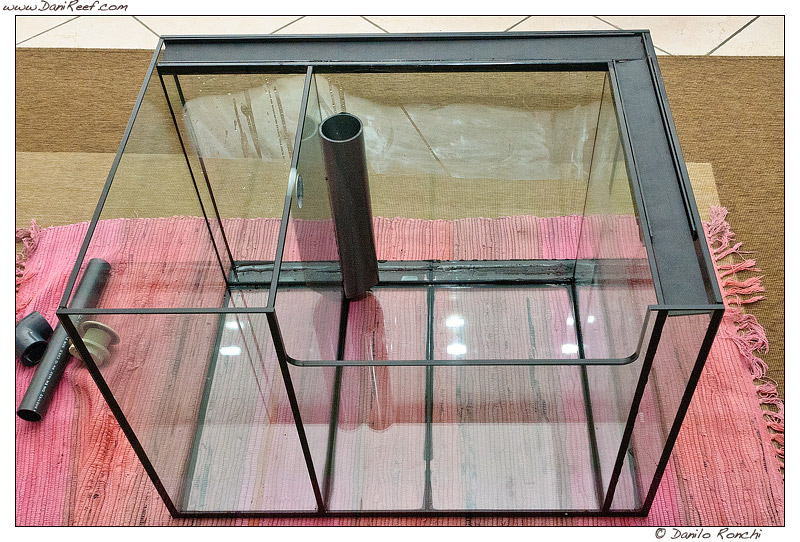
I have a sump surface of 42 x 65.5 cm, which means that with every top off event, the tank receives 4 liters of water. Salinity variation on my 400L tank is only 1%. If salinity at the maximum level is 35‰, at the minimum level would be 35.35‰: an extremely small difference which wouldn’t cause any disturbance.
If we instead had a sump with its return pump isolated from the rest, like in the Vertex sump:
It would only change the level in the 41 x 14 cm return pump area, so every top off event would involve 0.9L, and a salinity variation of 0.2%. A truly undetectable difference!
Limits and Faults of the Controller
During our long trial, the system never showed any shortcomings. From the manufacturing point of view we cannot point out any relevant issue. The system works, it’s easy to turn off, and the acoustic signal is exceptionally useful.
But the Hydor Smart Level Control does have a limit that is relevant to some of you: the 1.5 cm gap between Min and Max in some particular cases is really too large.
The salinity variation is NOT a problem, any tank should not have any issues dealing with a 1% salinity swing.
What does matter is the sump water level, especially if the controller is used in a marine tank with a mono-pump skimmer, known to be sensible to water level changes.
The problem would be very minor with a double-pump skimmer, a special mono-pump one, or with a return pump compartment in the sump, as we just saw in the Vertex sump.
In a freshwater tank sump there shouldn’t be any kind of concern.
For all these reasons, I consider the 1.5 cm gap more of a characteristic than a real problem, even though it can cause some troubles in specific set ups, if the skimmer works with an unstable water level, it could lead to a inefficient system.
If you are going to use the controller in an open sump, I suggest you adjust your skimmer to the maximum level, not minimum or in between, to avoid over skimming when the level increases.
Conclusions
The Hydor Smart Level Control is an almost-perfect automatic top off system. Functioning with temperature changes, it doesn’t risk being blocked by snails, salt, or calcium deposits, as often happens with floats. An ever-working system that doesn’t have any shortcomings.
All of it isoffered at a really competitive price. We are talking about an Auto Top Off system which only costs $99.99 USD; it is also currently available from Amazon at the special price of $67.94 USD.
During our test it proved itself to be faultless, and trouble-free, with the only possible weakness being the 1.5 cm working gap, which could cause issues to the skimming process of a mono-pump system in an open sump. This is the only detail that we didn’t like. However, it is a highly recommended purchase!
[translated by Giorgia Lombardi]

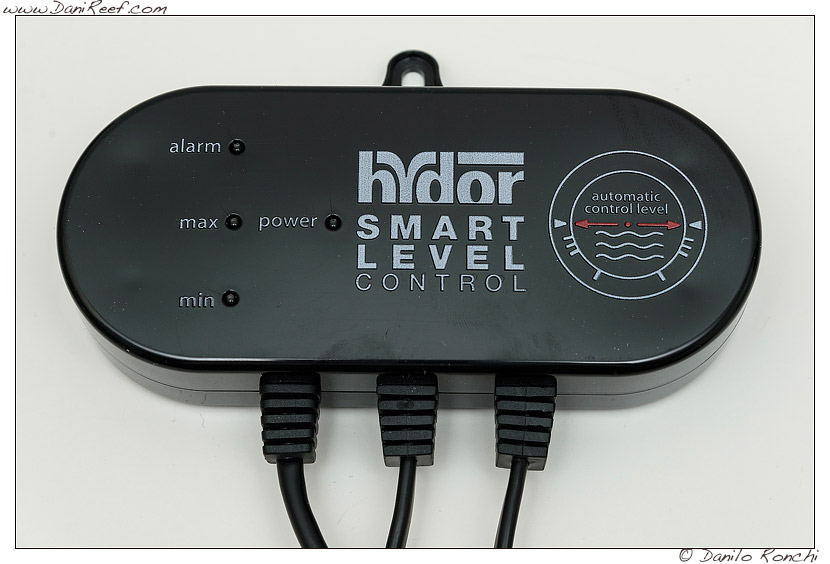

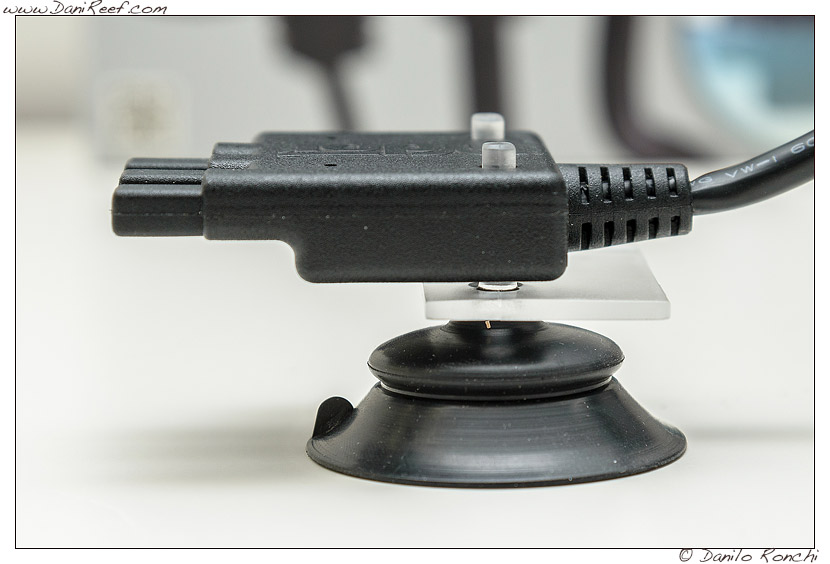
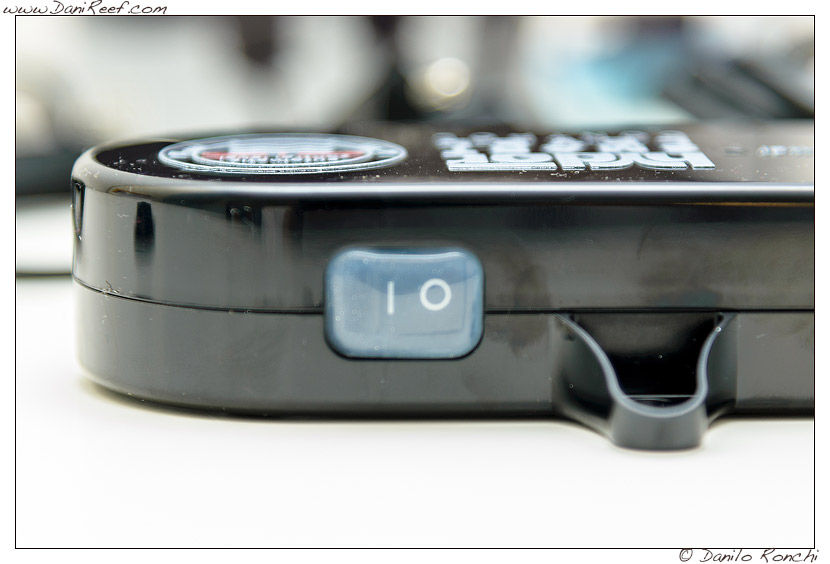
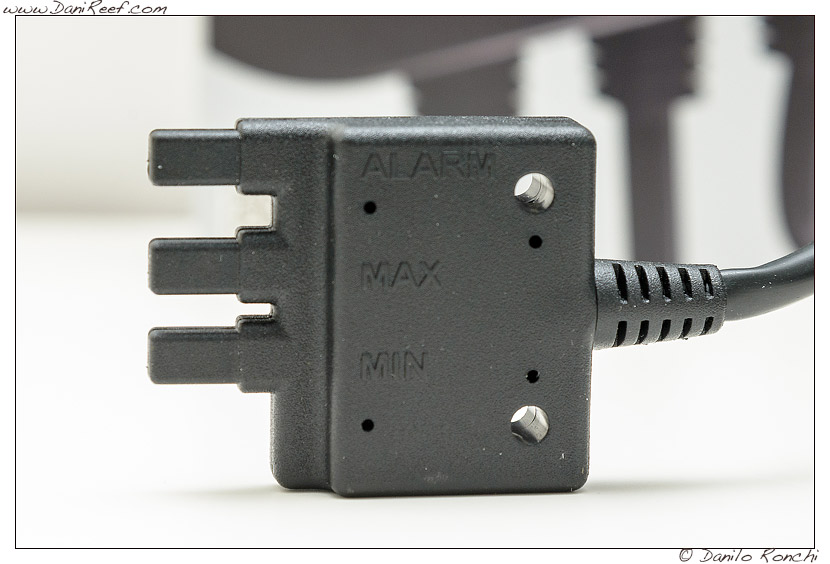
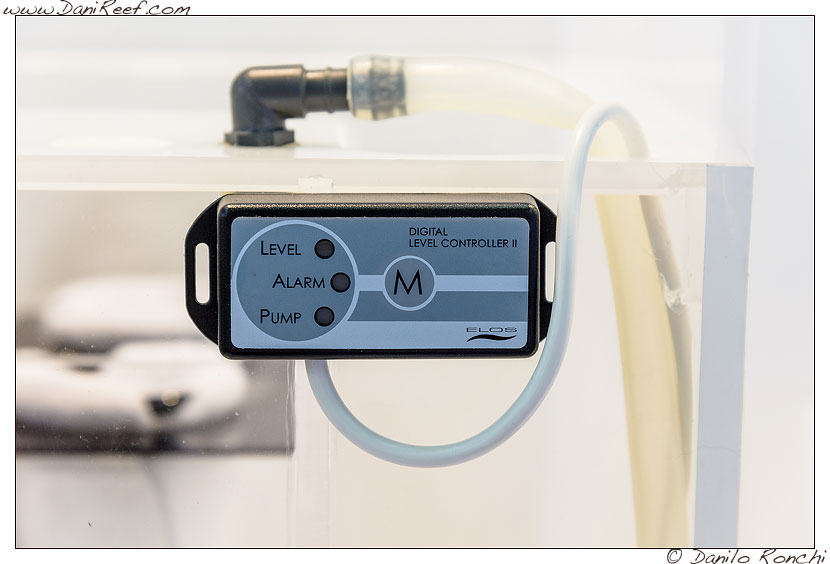
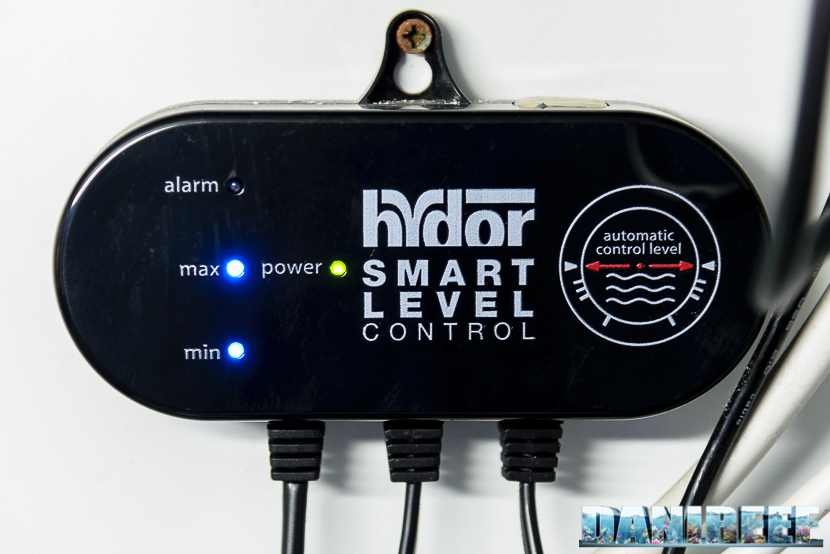
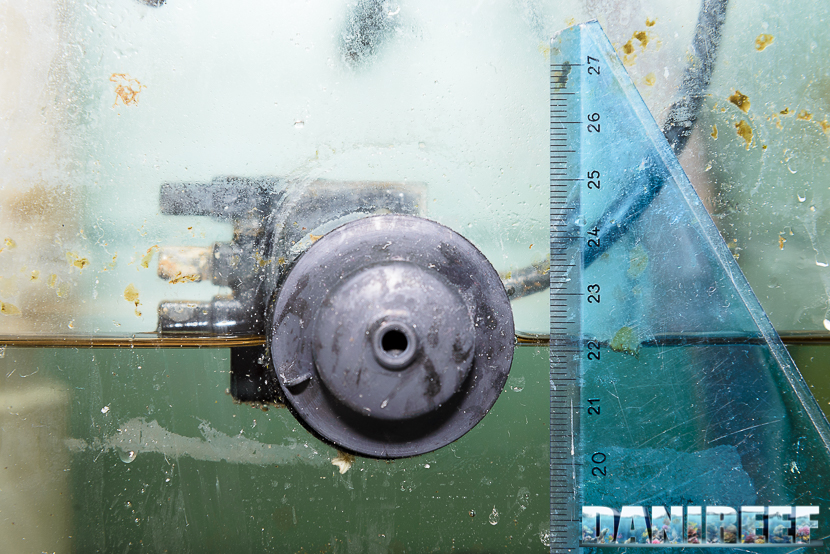
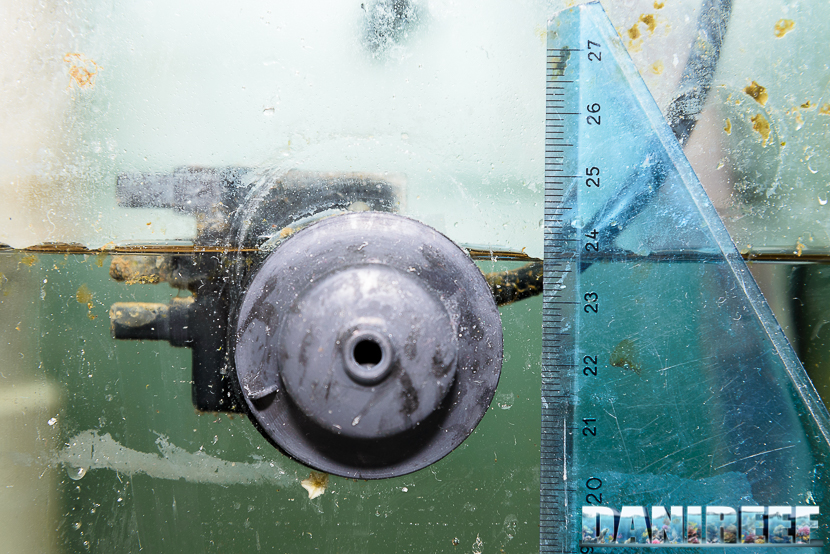
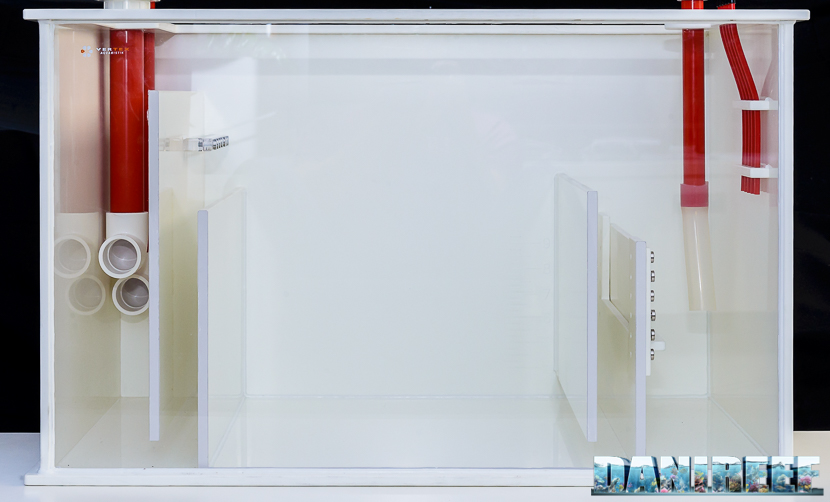
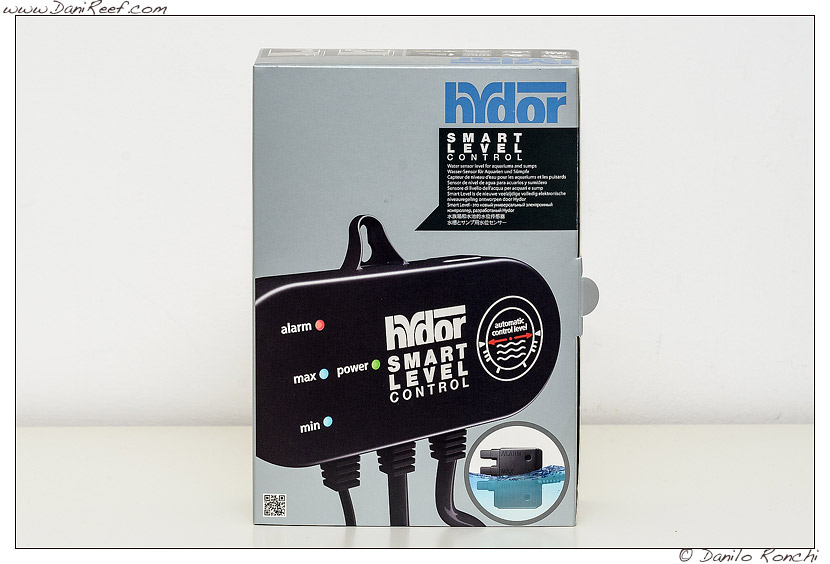








0 Comments